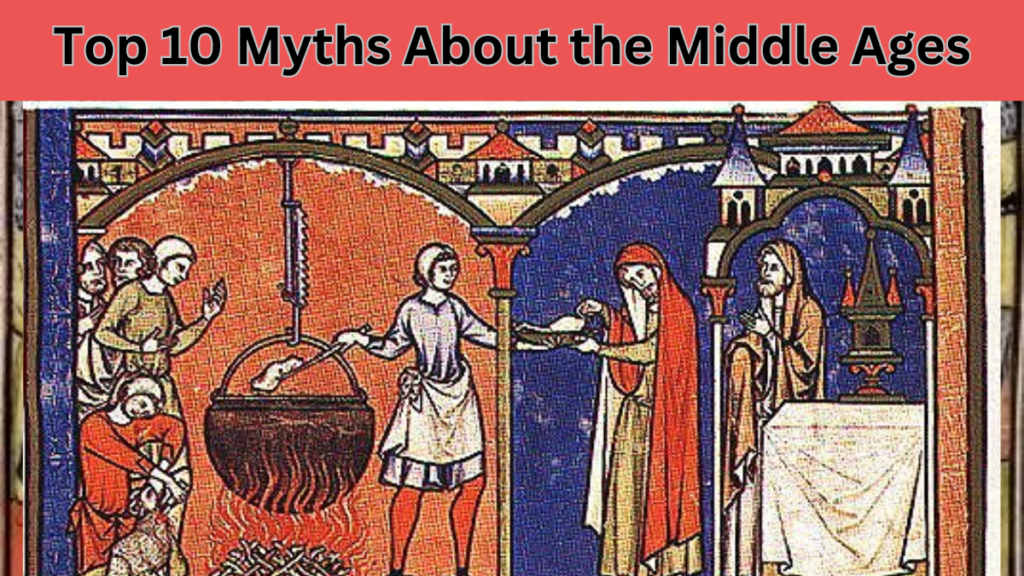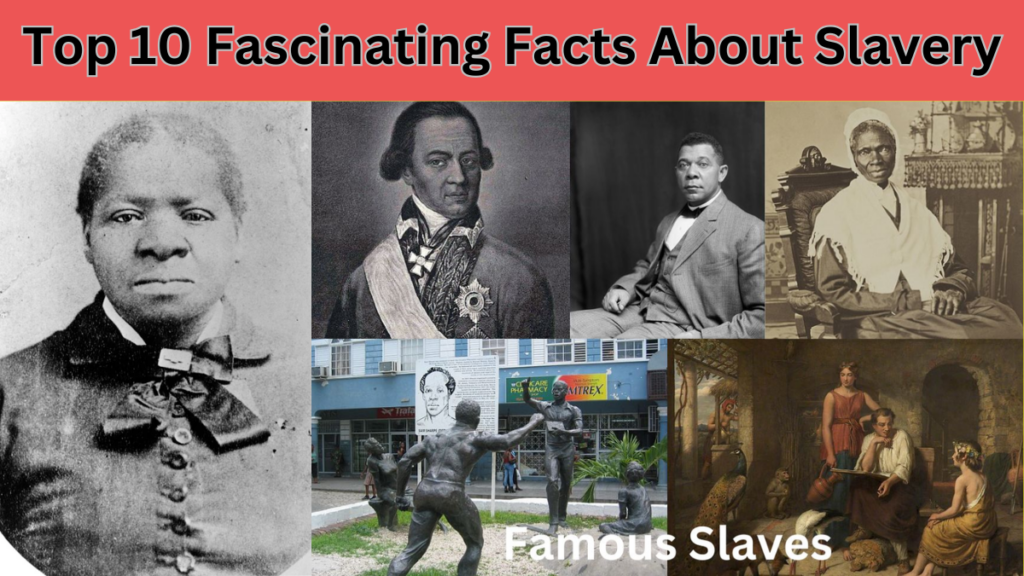TOP 10 WORST PLAGUES IN HISTORY
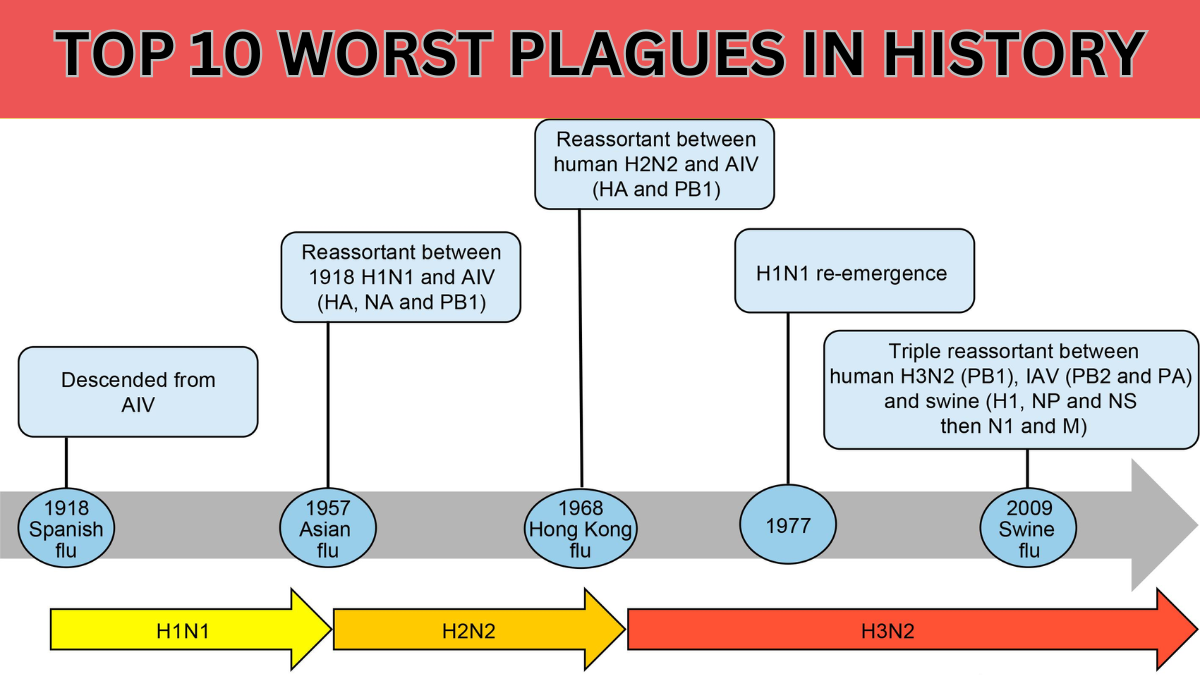
Explore the top 10 worst plagues in history, from the devastating Black Death to the global HIV/AIDS pandemic. Learn about the historical impact, death tolls, and how these diseases shaped the world.
THE BLACK DEATH (1347–1351)
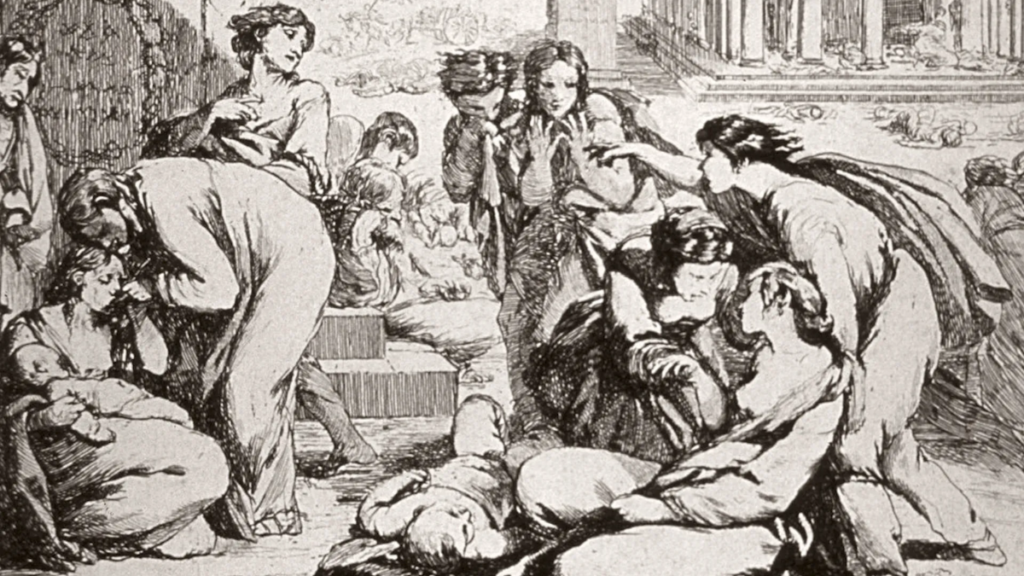
Perhaps the most infamous plague in history, the Black Death (Bubonic Plague) killed an estimated 75 to 200 million people across Europe, Asia, and North Africa. Spread by fleas carried by rats, it wiped out nearly half of Europe’s population. It dramatically reshaped the social, economic, and political landscape of medieval Europe.
THE SPANISH FLU (1918–1919)

Spanish flu was a global influenza pandemic that infected one-third of the world’s population, killing around 50 million people. Unlike most flu viruses, the Spanish flu disproportionately affected healthy young adults and had a devastating impact on countries already weakened by World War I.
THE PLAGUE OF JUSTINIAN (541–542 AD)
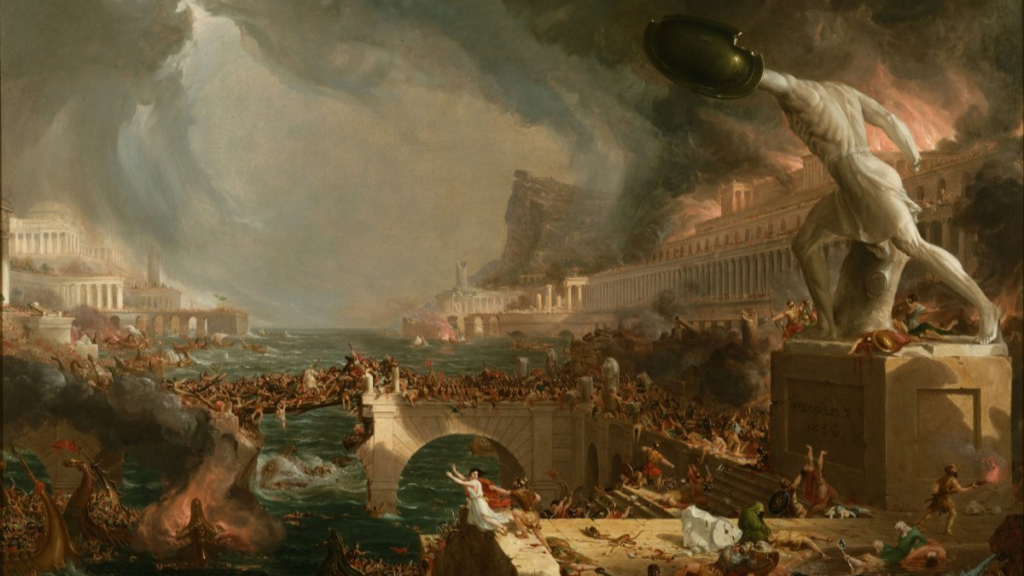
Named after the Byzantine Emperor Justinian I, this bubonic plague devastated the Byzantine Empire and killed approximately 25–50 million people. This outbreak is believed to have helped weaken the empire, significantly affecting its military and economic power.
HIV/AIDS PANDEMIC (1981–PRESENT)
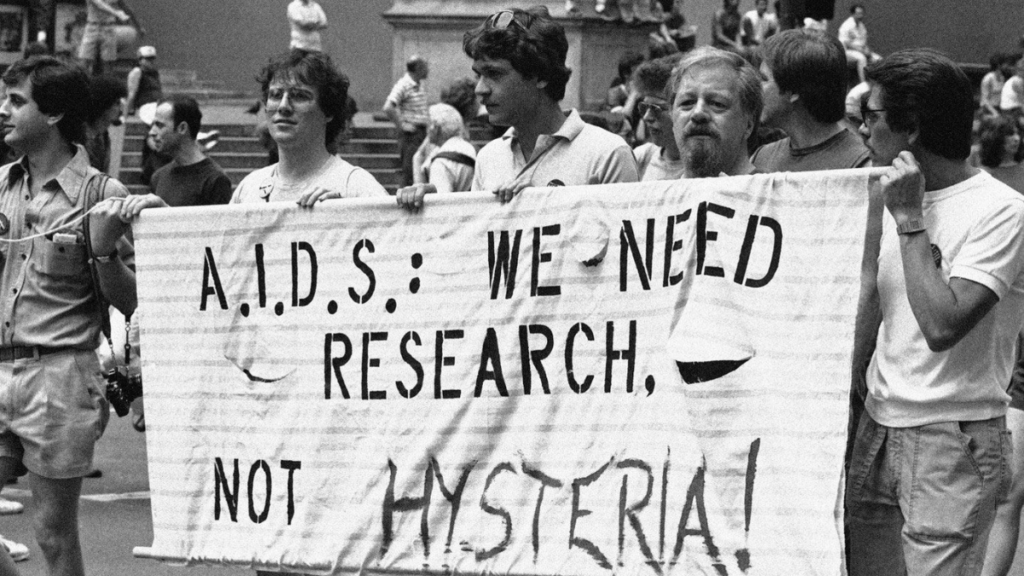
Since its discovery in 1981, HIV/AIDS has claimed the lives of more than 40 million people worldwide. It is caused by the human immunodeficiency virus, which attacks the immune system, leaving the body vulnerable to infections and certain cancers. Although advances in medicine have made HIV manageable, it remains a global health crisis.
THE THIRD CHOLERA PANDEMIC (1852–1860)
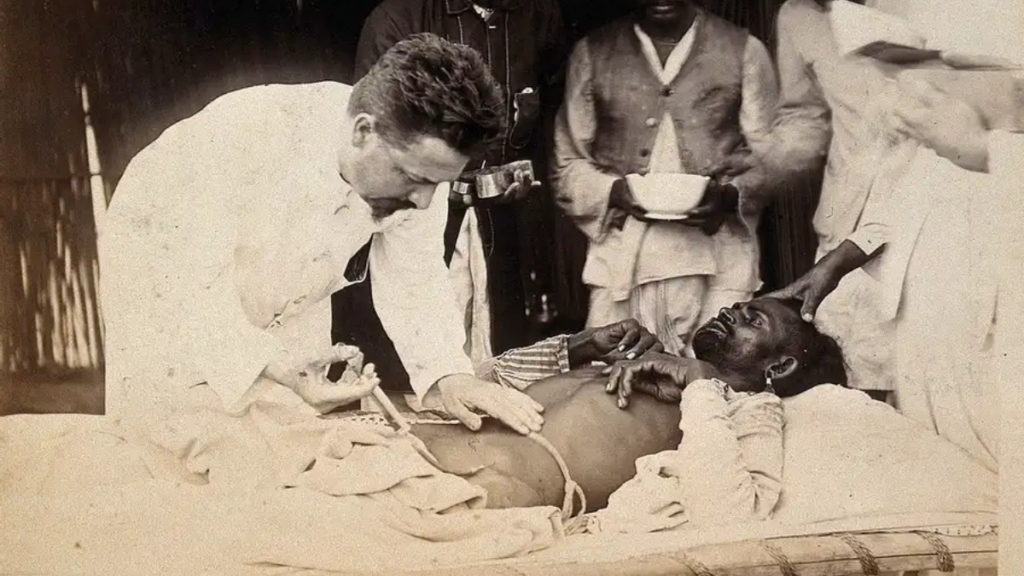
The third and deadliest of the seven cholera pandemics, this outbreak originated in India and spread across Asia, Europe, North America, and Africa, claiming over one million lives. Cholera is caused by contaminated water and can lead to severe dehydration and death if untreated.
THE ANTONINE PLAGUE (165–180 AD)
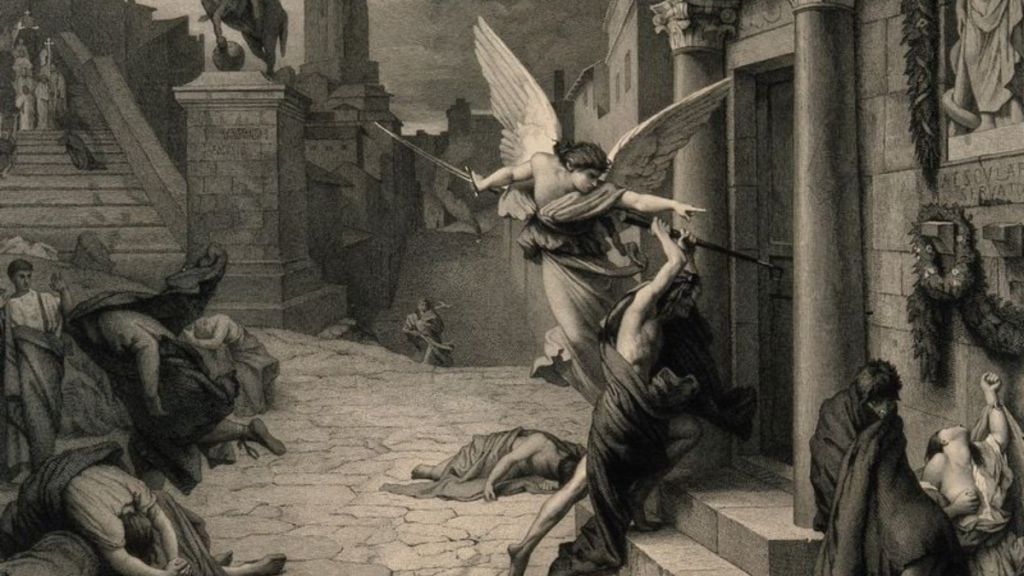
Also known as the Plague of Galen, this pandemic struck the Roman Empire and is believed to have been either smallpox or measles. The Antonine Plague killed approximately 5 million people, significantly weakening the Roman legions and contributing to the empire’s decline.
THE ASIAN FLU (1957–1958)
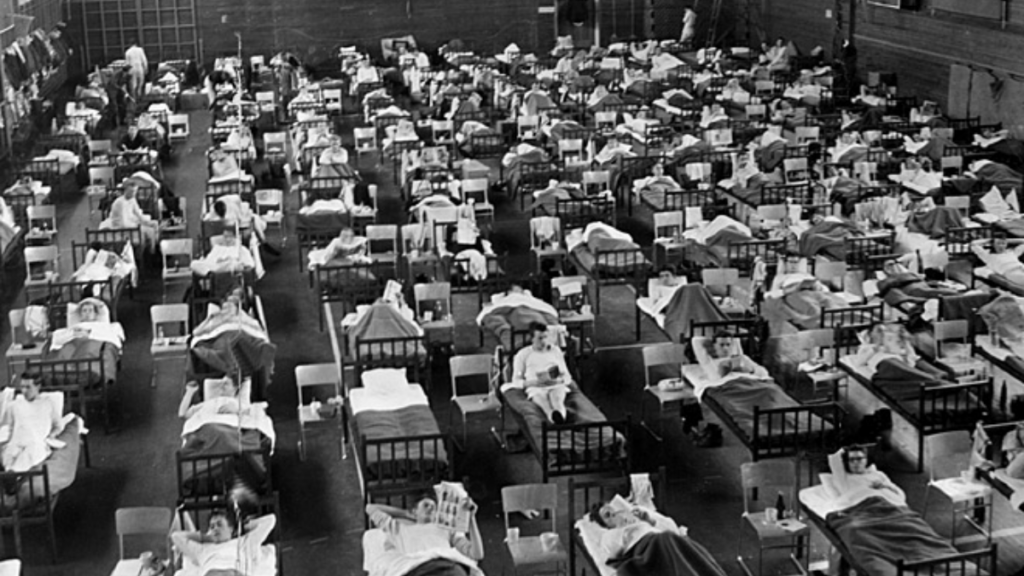
The Asian Flu, caused by the H2N2 influenza virus, started in East Asia and quickly spread globally, killing an estimated 1 to 2 million people. It was the first pandemic of the post-World War II era and led to significant improvements in the global influenza surveillance system.
THE GREAT PLAGUE OF LONDON (1665–1666)

This was the last major outbreak of the bubonic plague in England, killing an estimated 100,000 people—roughly one-quarter of London’s population. The epidemic led to the practice of quarantining infected households, a method that proved effective in controlling the spread of the disease.
THE COCOLIZTLI EPIDEMIC (1545–1548)

A mysterious disease known as “Cocoliztli” swept through Mexico, killing an estimated 12 to 15 million indigenous people. Believed to have been a form of hemorrhagic fever, this epidemic contributed to the rapid decline of the Aztec population after Spanish colonization.
THE EBOLA OUTBREAK (2014–2016)
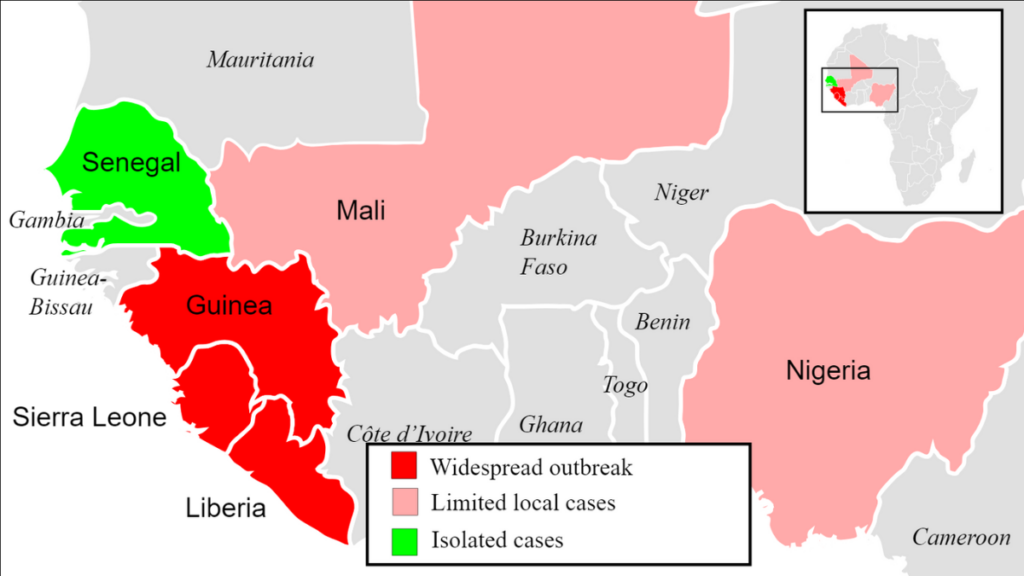
The Ebola virus epidemic primarily affected West Africa, infecting over 28,000 people and killing more than 11,000. It was one of the deadliest outbreaks of a viral hemorrhagic fever in history, and its high mortality rate, coupled with slow international response, contributed to the spread of the disease.
